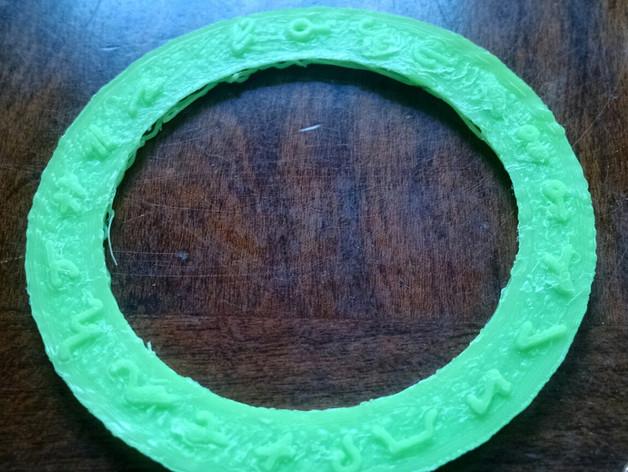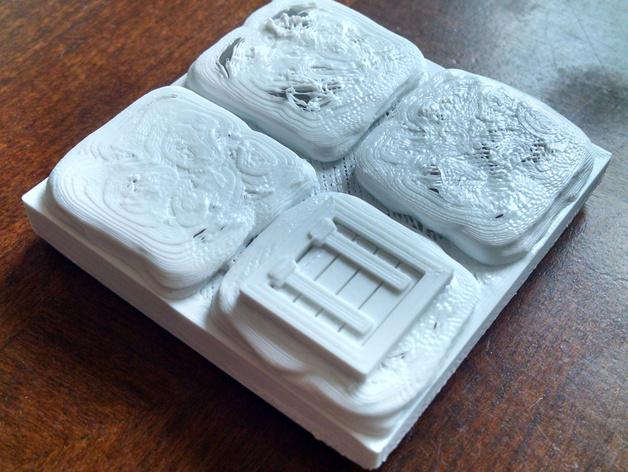The tradition of artistic patronage is centuries-old. It wasn’t until the late 19th century in France, when artists like Monet and Degas and the Impressionists began painting largely without being commissioned to do so and exhibiting and selling their own work, that patronage was no longer a requirement for artistic production and success. However, that was a double-edged sword for many artists, who had to struggle sometimes for years before getting recognition, gallery representation, and sales.
The situation today for artists and creators is still challenging but artists don’t need to starve–or are, at least, less likely to do so–thanks to the web. With its capacity to reach millions across the globe, creative types can get recognition. Easier said than done? Perhaps, but with sites like Patreon, artists and creators can now do what they do best and leave the promotion and fundraising to someone else. That someone else is Patreon, a San Francisco-based company that uses the internet to showcase the work of artists and other creative types and help them find much-needed patronage.
One such creative type is Brent Newhall. The title of his Patreon page says it all, “Brent P. Newhall is creating printable minis.” Newhall identifies himself as a “writer, programmer, artist, podcaster, cook, and all-around 21st Century Renaissance Man” and as such, he’s using a distinctly 21st-century tool for seeking patronage for and selling his work, 3D-printed miniatures for role-playing games (RPGs). While he doesn’t actually sell the 3D-printed objects, he does release the .stl files, which can be downloaded and printed at home or uploaded to a web-based 3D printing service like 3D Hubs (local 3D printers) or Shapeways.
Newhall uses his PrintrBot Simple 3D printer to print each object he designs. He photographs them and uploads the photos to Patreon along with the .stl files for each. “The minis I make,” he explained, “may be part of an environment, like a sarcophagus or a rack of weapons. They may be creatures, like a goblin or a wolf.” He is focusing on creating designs that can be 3D printed on current generation desktop 3D printers and do not require support.
Newhall’s 3D-designed and -printed creations to date include a skeleton, a rack of weapons, floor supports for the RPG, OpenForge, a goblin with a raised club, a rough wood table, a free-standing archway, a rope bridge, a magic circle with runes, a stone door with a demon head carved in it, an open chest, an Ark of the Covenant, and even stalagmites. Every .stl file that he releases is available via the internet for free downloading and printing and will be, he elaborated, “licensed Creative Commons Attribution, which will allow anyone to remix the file and even sell those remixes if desired.”
Thanks to Patreon, Newhall has six patrons. Patreon is different than typical crowd funding sites in that it allows fans to engage with, become patrons, and provide support to the artists and creators they admire. In the words of company founders, Patreon is bringing patronage back to the 21st century.” On Patreon, you’ll find a diverse group of creative types, from bloggers and “Youtubers,” to web comics, musicians, game designers, and 3D-designers like Newhall, among many others. When you become a patron, you agree to give an artist what the site calls “a tip” in an amount set by you. Then, each time your favored artist releases a piece of content, whether it’s a new song, a video, or a recipe, you can view it and can also post in the artist’s stream. . You have the option of setting a monthly maximum amount that’s in keeping with your budget when you decided to sponsor a creator.
Artists offer additional patron packages, which might, according the Patreon site info., “include monthly Google hangouts, music production tutorials, presale concert tickets, or anything they can offer as a way to say thanks.” For instance, Newhall offers donors 3D-printed versions of the minis he designs, which he ships five at a time to patrons of that level. Additionally, once every six months, he will design a mini based on an idea submitted by a $20 patron.
It’s a brilliant system that we hope will, at the least, ensure that there are many fewer starving artists, particularly in the 3D design realm, and will provide fans and admirers with a way of supporting well-deserving artists and other creative types. We look forward to see if other designers like Newhall take to Patreon as away to help fund their drive to create new 3D printable models.
Subscribe to Our Email Newsletter
Stay up-to-date on all the latest news from the 3D printing industry and receive information and offers from third party vendors.
You May Also Like
Precision at the Microscale: UK Researchers Advance Medical Devices with BMF’s 3D Printing Tech
University of Nottingham researchers are using Boston Micro Fabrication‘s (BMF) 3D printing technology to develop medical devices that improve compatibility with human tissue. Funded by a UK grant, this project...
3D Printing Webinar and Event Roundup: April 21, 2024
It’s another busy week of webinars and events, starting with Hannover Messe in Germany and continuing with Metalcasting Congress, Chinaplas, TechBlick’s Innovation Festival, and more. Stratasys continues its advanced training...
3D Printing Webinar and Event Roundup: March 17, 2024
It’s another busy week of webinars and events, including SALMED 2024 and AM Forum in Berlin. Stratasys continues its in-person training and is offering two webinars, ASTM is holding a...
3D Printed Micro Antenna is 15% Smaller and 6X Lighter
Horizon Microtechnologies has achieved success in creating a high-frequency D-Band horn antenna through micro 3D printing. However, this achievement did not rely solely on 3D printing; it involved a combination...
































